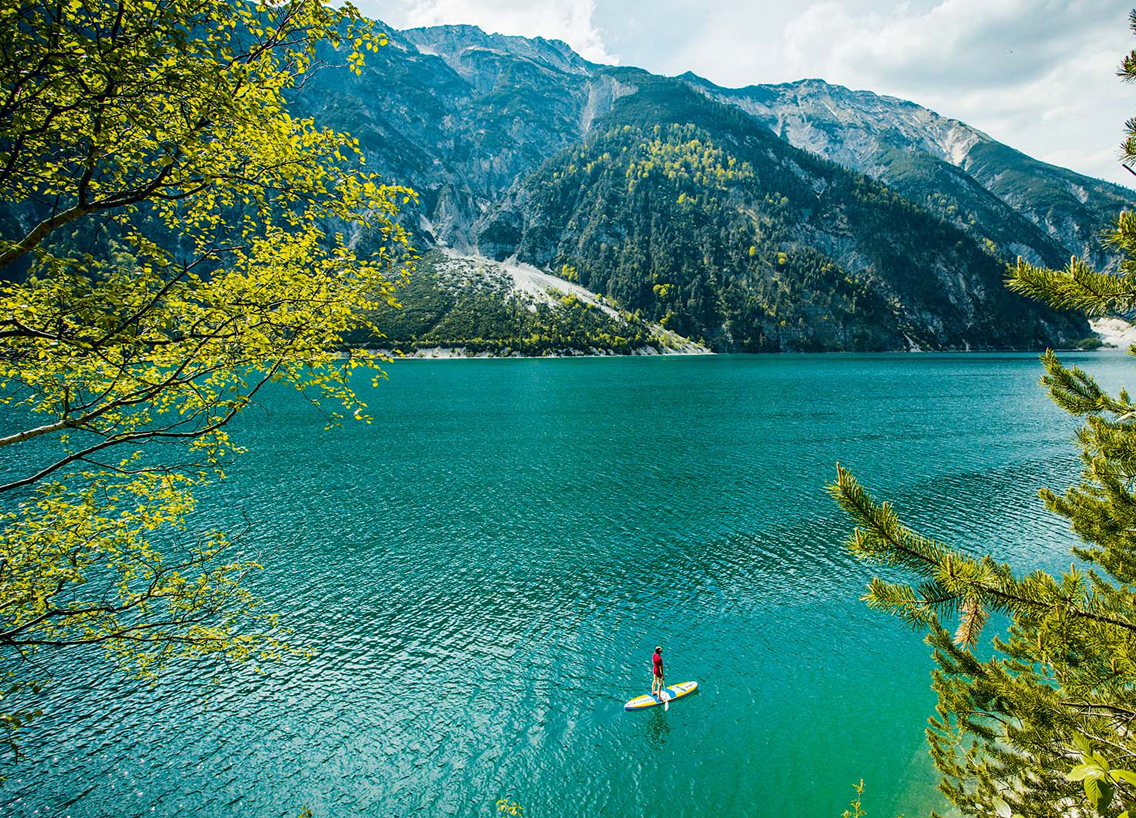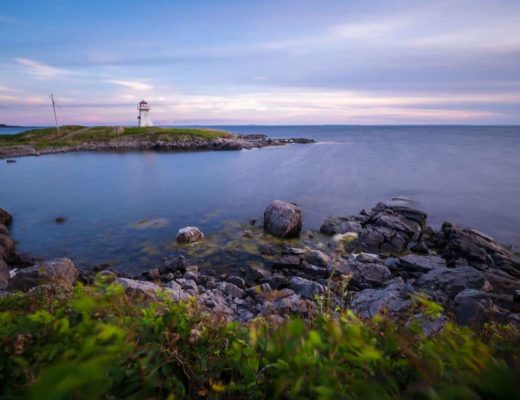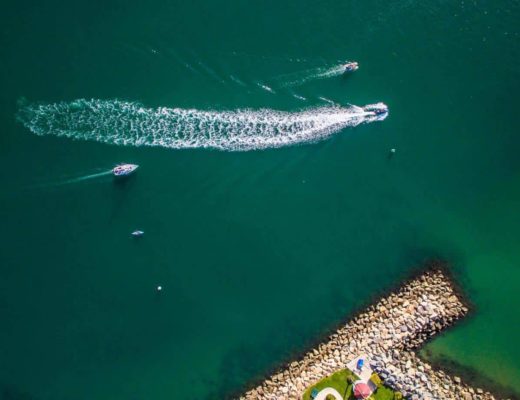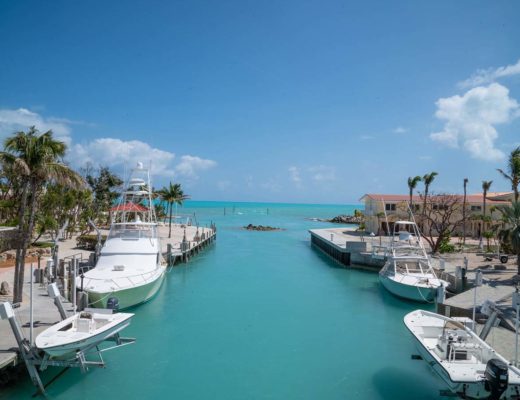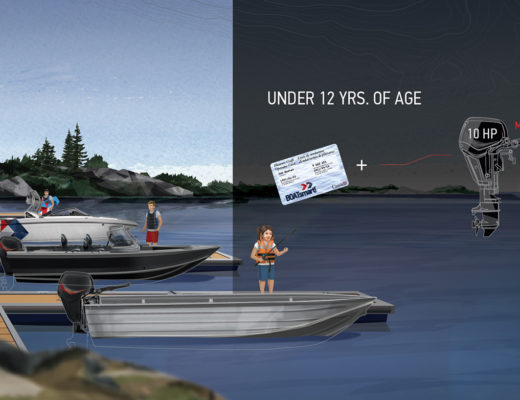Being on the water in Hawaii is a dream for many. No matter which of the islands you’re near and how you’re spending your time on the water — on a boat, a kayak, or fishing — the blue water and sunshine are something any boater would want to enjoy.
Before you hit the water, make sure you know the rules! Keep reading for our guide to Hawaii boating laws and regulations.
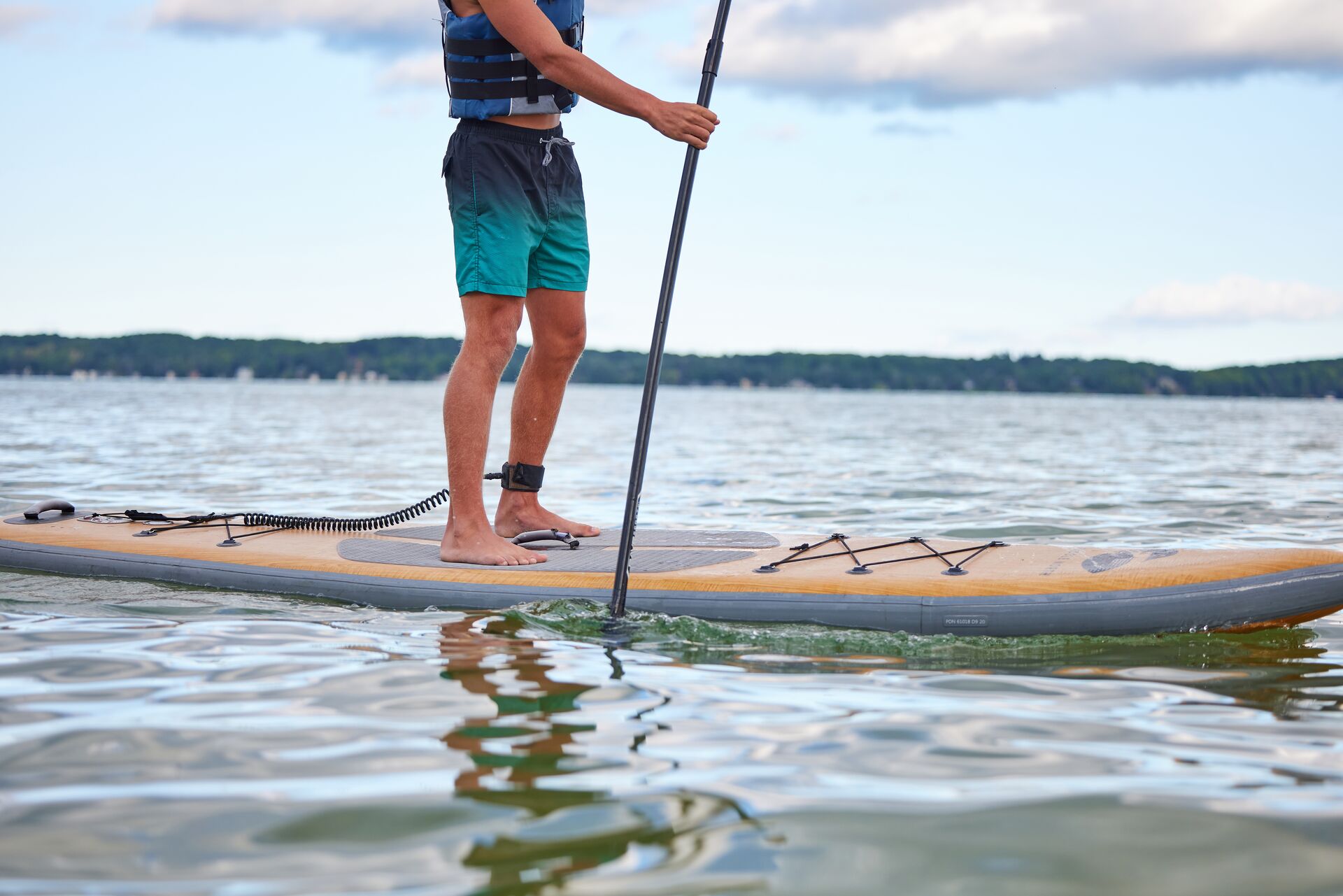
Who Needs a Hawaii Boated Education Card?
Anyone operating a motorized vessel in Hawaii’s State waters must have taken a boating safety course and show proof of certification (i.e., a boater education card or boating license).
The law states that any person operating a power-driven vessel on the waters of the state shall be required to pass a certification of completion from a National Association of State Boating Law Administrators (NASBLA) approved course on the safe use and operation of a power-driven vessel.
How to Get Your Hawaii Boating License
You can obtain your Hawaii boating license by taking a boater education course and passing the exam. If you choose an online course, you’ll be on the water with confidence in just a few hours.
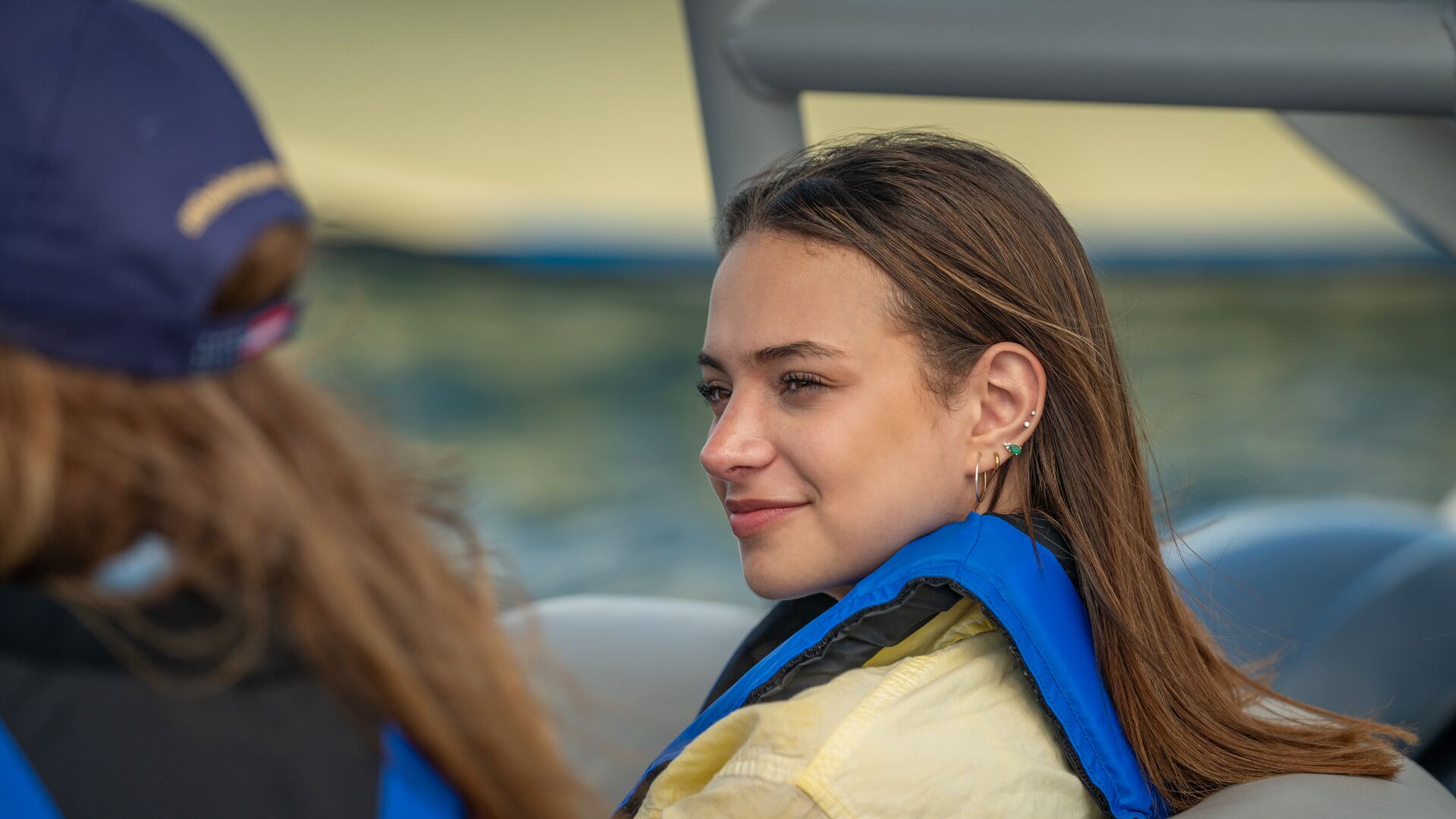
What are Hawaii’s Life Jacket Requirements?
All boats in Hawaii must carry a Coast Guard-approved lifejacket for each person aboard the boat. The only exemptions to the lifejacket requirement are racing shells, racing canoes, racing kayaks, and rowing skulls.
In Hawaii, passengers 12 years of age and younger must wear a Coast Guard-approved lifejacket while aboard a boat that is underway on the ocean waters or navigable streams of the state. They must also wear a life jacket while the boat is moored, anchored, or in a non-designated offshore mooring area (unless they are below deck or in an enclosed cabin).
Any person aboard a thrill craft, also known as personal watercraft or PWC, is required to wear a Coast Guard-approved lifejacket at all times.
If you’re enjoying watersports towed by a boat, you also need to wear a Coast Guard-approved lifejacket at all times. This includes people being towed on waterskis, inner tubes, wakeboards, aquaplanes, or a similar device. Inflatable lifejackets will not meet this requirement.
Hawaii Boating License Requirements for Personal Watercrafts (PWCS)
As of November 2014, anyone operating a motorized vessel (or PWC) in Hawaii’s waters must have taken a boating safety course and show proof of certification.
Additionally, when operating a thrill craft that is equipped with a lanyard ignition safety switch (i.e., a kill switch), they should attach the lanyard to their wrist or their lifejacket.
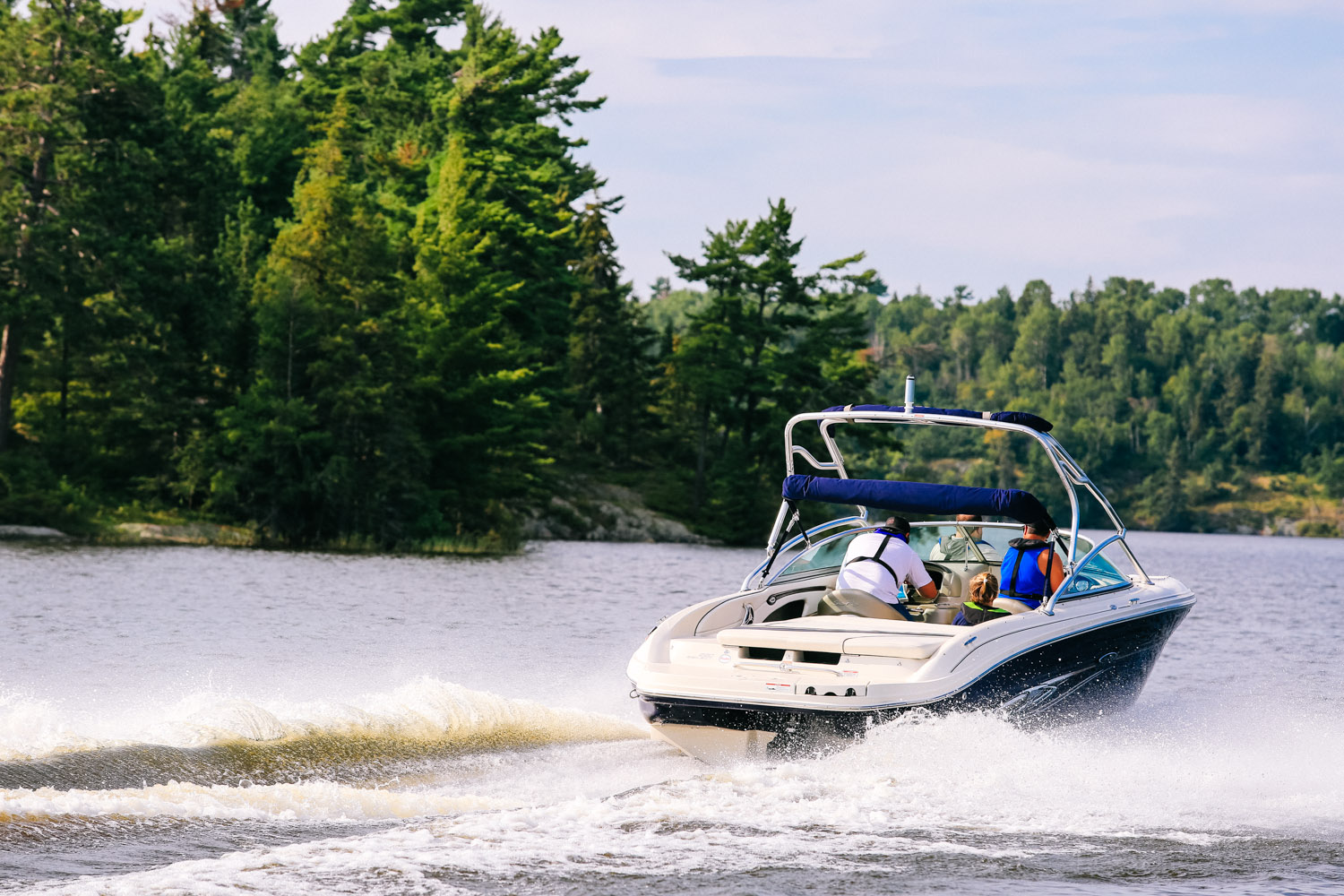
Boating and Alcohol in Hawaii
Hawaii boating laws prohibit anyone from boating while intoxicated (BWI) — that is, operating a vessel while under the influence of intoxicating liquor, narcotics, or other habit-forming drug.
Alcohol and drugs cause impaired balance, blurred vision, poor coordination, impaired judgment, and slower reaction times. Drinking while boating is a major contributor to boating accidents and fatalities.
Hawaii law states that a person is considered to be boating while intoxicated if he or she has a blood alcohol concentration of 0.08% or more within four hours after the time of the alleged violation.
Hawaii’s Boat Accident Reporting Requirements
If you’ve been involved in a boating accident in Hawaii and a person was killed, disappeared from the boat, was badly injured and required medical treatment, or there was property damage exceeding $2,000, you must submit a Boat Accident Report as quickly as possible to law authorities.
Visit the Division of Boating and Ocean Recreation website for more information about the proper procedures for reporting boat accidents in Hawaii.
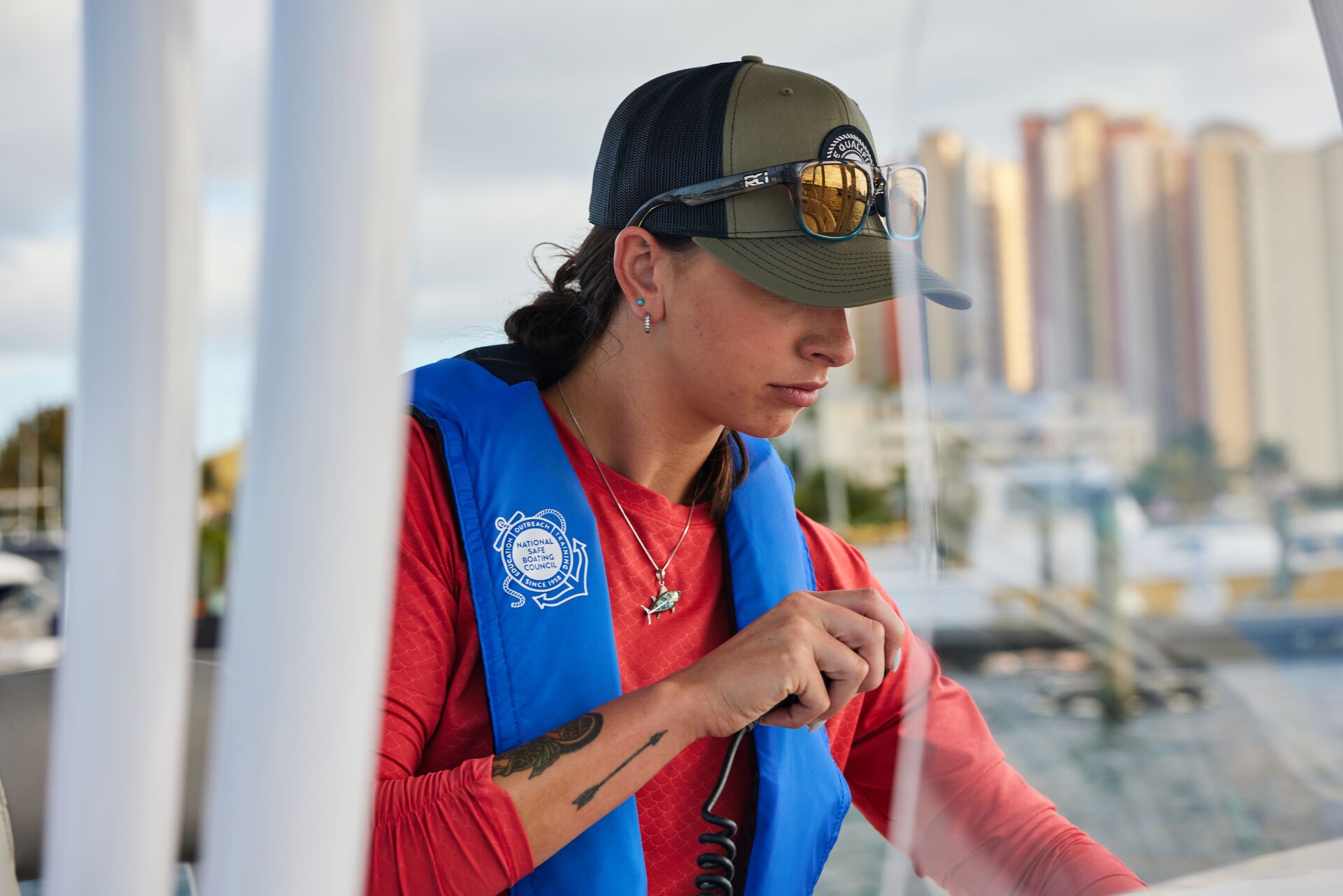
Hawaii’s Mandatory EPIRB/VHF-FM Radio Requirements
Boats that are operating more than one mile offshore are required to be equipped with a properly functioning EPIRB or VHF-FM Radio.
Exceptions include:
- Canoes
- Thrill craft
- Surfboards
- Paddleboards
Kayaks and training sailboats are also exempt so long as they are accompanied by a boat carrying one of these devices.
Hawaii Boating Laws for Noise Restriction Requirements
It is important for boaters to keep in mind that maintaining a peaceful water environment is important. Hawaii has boating laws to help boaters reduce noise pollution.
In Hawaii, a boat propelled by an internal combustion engine must have an efficient muffler, underwater exhaust, or other modern device. It must be in good working order, in constant operation, and be capable of adequately muffling the sound of the engine exhaust.
The state prohibits the use of open exhausts or cutouts unless the boat is participating in a regatta or race approved by the Hawaii DLNR or a federal agency.
For more information about safe boating in Florida, contact the Department at:
Dept. of Land and Natural Resources
Division of Boating and Ocean Recreation
4 Sand Island Access Road
Honolulu, Hawaii 96819
Tel: (808) 587-1966
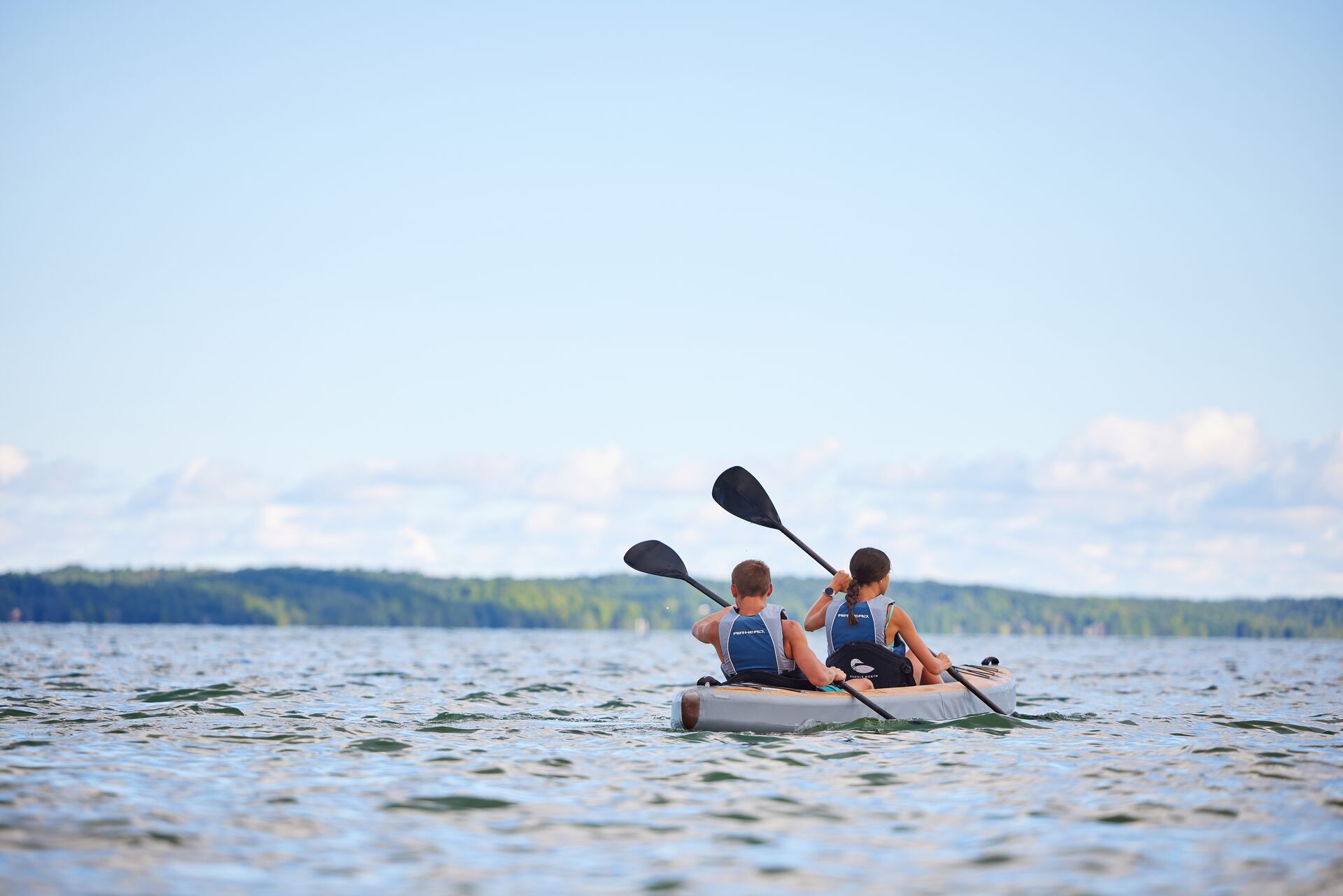
Stay Safe and Be Mindful of Hawaii Boating Laws
Hawaii boating laws are in place to protect you and other boaters and watersport enthusiasts when on the water. Understanding these rules helps you stay safe and boat legally.
One of the best ways to boost your safety knowledge is by taking a boater education course and passing the exam. Then, you’ll have your boater education card as proof that you know essential safety practices when boating in Hawaii!
Originally published in May 2017. Content most recently reviewed and updated fo accuracy and relevancy October 17, 2024.
